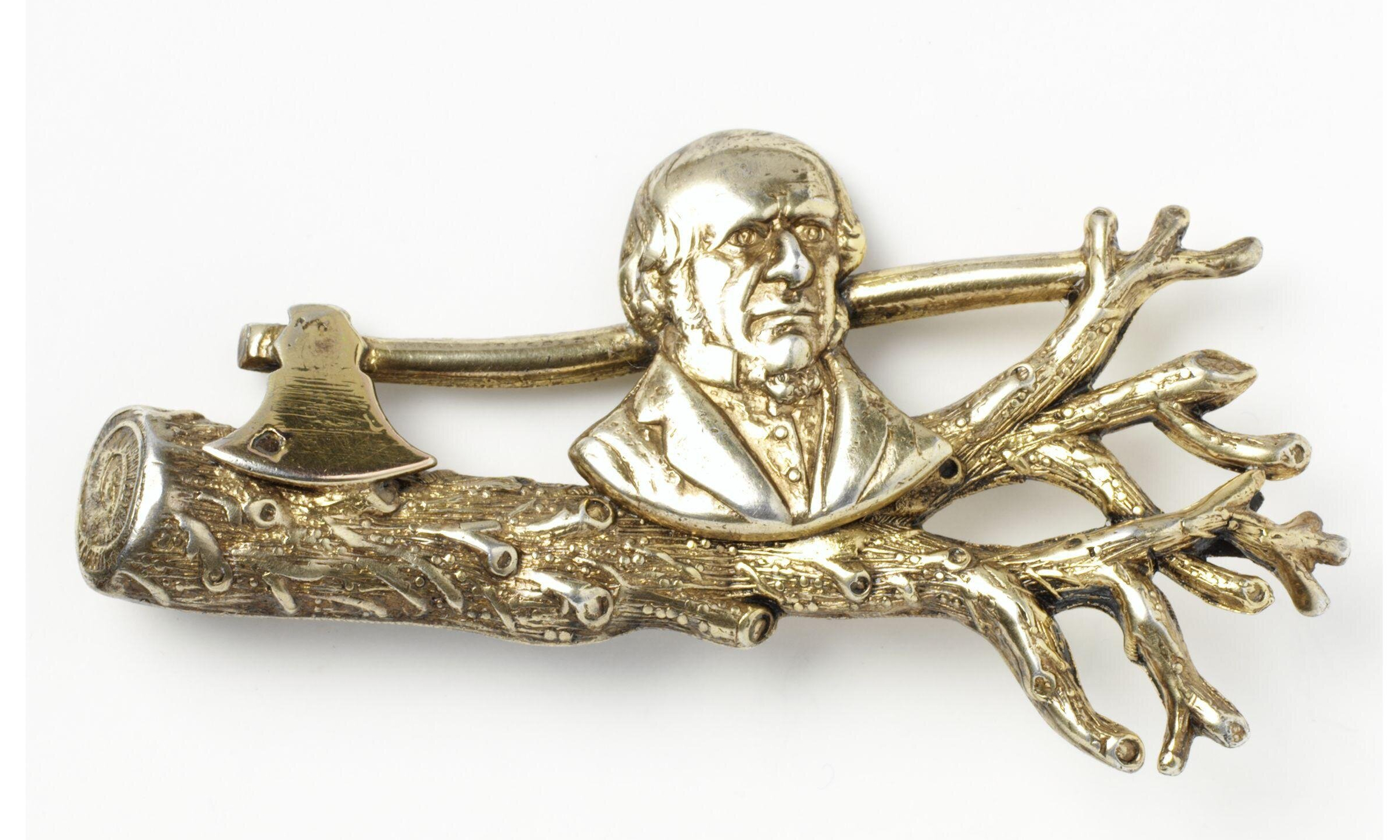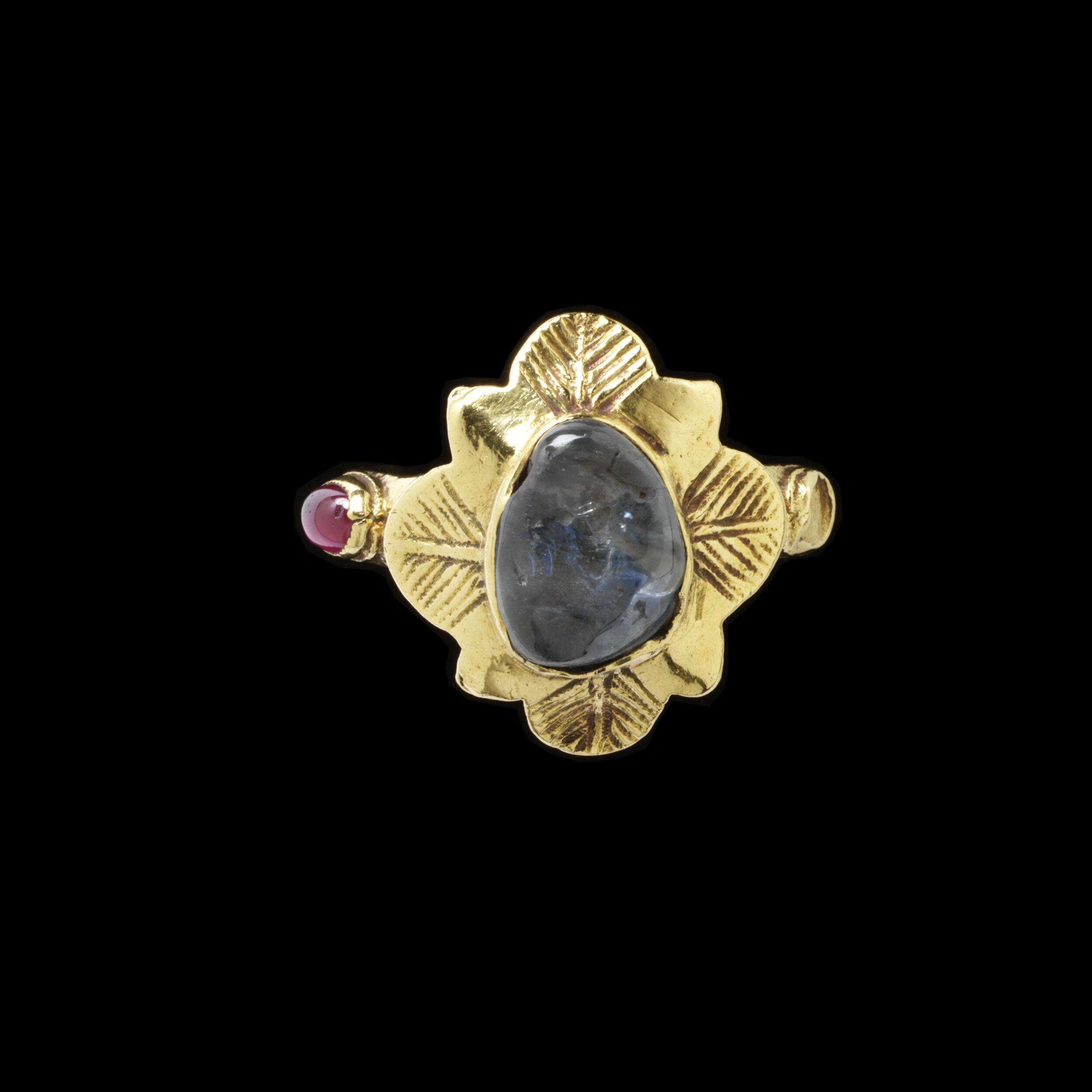The peacock was one of Arts and Crafts designer Charles Robert Ashbee’s favourite motifs. He explored it through brooches and pendants, making colourful and charming jewels.
Ganna Walska’ s life through jewellery Visiting the Victoria and Albert Museum’s gigantic Cartier exhbition, I saw hundreds of fantastic pieces of jewellery and fabulous
Yachts became the social must-have of the late 19th century, floating party palaces perfect for entertaining and offering a chance to show off nautical fashions and
First World War soldiers faced terrible dangers. One way to manage this was through lucky jewellery and amulets – a small but important form of comfort.
Politicians have always used material culture to brand themselves, In the late 19th century, axe shaped jewellery became a key part of the image of British prime minister William Gladstone.
In 1912, Reginald Pearson made a set of jewellery as an engagement gift for Arthur Jones. The first World War took his life and that of his friend in dramatically different directions.
Paris was liberated from Nazi occupation 80 years ago this year. Surprising and beautiful jewellery made to celebrate this continues to send a message of jubilation.
Tennis has been popular since the late 19th century. Brooches, tie-pins and bracelets inspired by the game are the perfect choice for players and fans.
Edmund Waterton’s ring collection is now the cornerstone of the Victoria and Albert Museum This is the story of how it was created through eccentricity and extravagance.
What ideas have jewellers come up with? In the early twentieth century, signet rings with hidden keys were all the rage.









